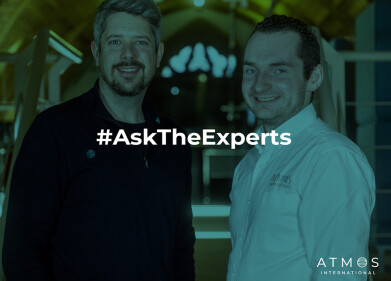-
 A new device is a cheaper way to monitor water pollution
A new device is a cheaper way to monitor water pollution
Water Pollution Monitoring
Bath University creates cheap water quality tool
Aug 11 2014
Scientists from the University of Bath have developed a simple device that could help poorer countries better monitor their water quality. Not only could this help avoid negative environmental factors, it could also improve health by reducing the number of illnesses caused by water pollution.
Researchers from the university's Department of Chemical Engineering have worked to develop a low-cost device that can monitor water quality on real time, cutting out the need for expensive lab equipment.
Currently, the methods used to monitor water quality take time and large sums of money, as well as technical expertise. Working with the Bristol robotics laboratory at the University of the West of England, the scientists have created a sensor that does the job without all the extras. They made the sensor using 3D printer technology, resulting in a device that can be used in lakes and rivers directly, providing continuous monitoring.
The sensors make use of bacteria, which produce a measurable electric current as they grow. This current drops when bacteria come in contact with toxins in water, giving an indication as to the extent of pollution in rivers, lakes and other bodies of water.
Dr Mirella Di Lorenzo, lecturer in chemical engineering at the University of Bath, said: “When the bacteria feed in a microbial fuel cell, they convert chemical energy into electrical energy that we can measure.
“We found that when we injected a pollutant into the water there was an immediate drop in the electric current they produced. The drop was proportional to the amount of toxin present and the current is recovered once the toxin levels fell.
“This means we are able to monitor the level of pollutants in the water in real time without having to collect multiple samples and take them to a laboratory."
Researchers were able to detect small concentrations of cadmium, which is used throughout the electronics industry. The quantities found were far below the accepted maximum levels, showing that the bacteria device is incredibly sensitive to toxins in water.
Digital Edition
AET 28.4 Oct/Nov 2024
November 2024
Gas Detection - Go from lagging to leading: why investment in gas detection makes sense Air Monitoring - Swirl and vortex meters will aid green hydrogen production - Beyond the Stack: Emi...
View all digital editions
Events
Dec 02 2024 London, UK
Dec 03 2024 Dusseldorf, Germany
Dec 11 2024 Shanghai, China
Jan 12 2025 Abu Dhabi, UAE
Jan 14 2025 Abu Dhabi, UAE

-min.jpg)











.jpg)




